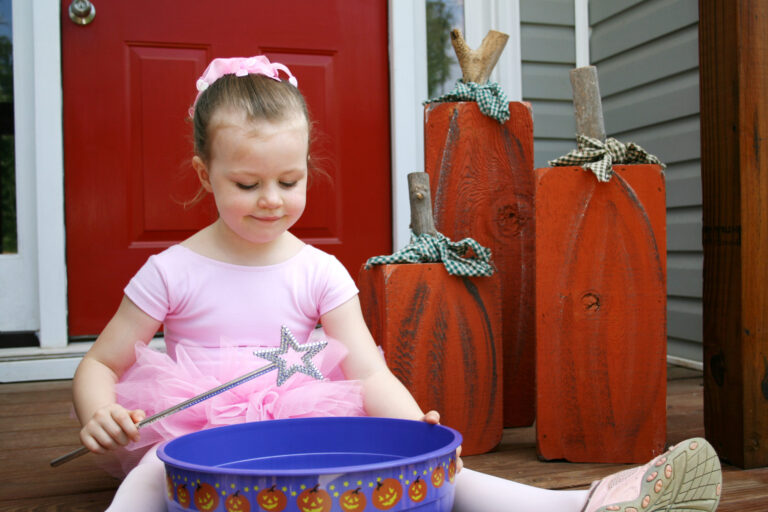
Mary Six Rupert remembers the exact day when demonstrating pullbacks in her tap class didn’t quite feel right. The former Rockette then noticed that walking up the subway stairs caused sharp pain in her knees. In the beginning the pain only occurred during activity, but it soon became so constant that she needed a demonstrator for class. “Six shows a day seven days a week with high heels and high kicking will take a toll on anyone’s knees,” says Rupert, referring to her 13-year stint in the famous Radio City kick line. In her 50s, she was diagnosed with osteoarthritis in both knees—an arthritic condition common among dancers where the protective cartilage at the ends of bones gradually deteriorates and the knee loses shock absorption. In extreme cases, bones can rub against each other.
“Think of the treads on a tire—eventually they just wear out. And all the jumping and landing dancers do puts them at greater risk for knee injuries,” says Patrick McCulloch, an orthopedic surgeon at Houston’s Methodist Center for Sports Medicine and consultant for the Center for Performing Arts Medicine. But good news: Proper training and awareness can help your students protect their knees.
Preventive Measures
Marijeanne Liederbach, director of research and education at the Harkness Center for Dance Injuries in New York, advises teachers to educate dancers on knee-health maintenance. “This means good solid nutrition, taking part in some form of supplemental training, having a strong core and taking care of the neighboring joints, like the hip and ankle,” she says. “Pay attention to fatigue as well, as we know from research that most knee injuries occur during extreme fatigue.” Basic bone health also includes encouraging students not to smoke and to intake enough calories for proper hormone balance.
 Photo courtesy of Mary Six Rupert
Photo courtesy of Mary Six Rupert
Your job as a dance teacher is to build and strengthen students’ stamina to endure tough physical technique, says Liederbach, who recently studied the number of jumps dancers do in a typical class—about 200. She also encourages training dancers to see the knee in a broader sense. “From a biomechanical point of view, the knee is the largest joint in the body, located between two of the largest bones,” she says. “Because of this, the knee can fall victim to ankle and hip problems.”
The first step to knee protection, according to Houston-based physical therapist and former dancer Jennifer Romanek, is making sure students execute proper turnout (which involves the ankle and hip). “When you force a turnout from the feet, it puts a tremendous torque on the knees, which can wear down cartilage,” she says. “Don’t push a turnout past the external range of motion that the hip allows.”
Cross-training can help build knee-supporting muscles—as important for teachers as for their students. “Go to the gym and do other types of movement besides dance classes,” Romanek says. “Even if you are just teaching, you need to remember that you are demonstrating all day, which can take a toll on your knees.” She recommends Pilates exercises on the reformer to loosen the iliotibial (IT) band—thick fibrous tissue that runs from the pelvis to the lower leg bone—and quadriceps, which are crucial for knee stability. “A tight IT band and quads will pull excessively on the knee,” she says. “Dancers need long and lean muscles.”
Early Warning
Knee pain that feels completely different from the average ache and pain is often the first sign of trouble, says Rupert. Tell students to be on the lookout for joint swelling or catching, and grinding sensations as well. McCulloch, who has diagnosed and treated many Houston Ballet dancers, recommends that dancers (when experiencing unusual, lingering knee pain) first see a doctor to check for any damage. “With an X-ray we can see the spaces between the bones,” he says. “Although cartilage will not show up on an X-ray, we can see the narrowing of that space. An MRI will show the condition and possible loss of the cartilage.”
While Rupert managed to finish her professional performance career relatively injury-free before developing osteoarthritis after age 50, McCullough says he has seen the condition in dancers as young as 20 and 30. If injuries aren’t taken care of at a young age, further damage can occur that might ultimately lead to knee replacement. As Rupert says, “Dancers need to get over working through the pain. The sooner you find out what’s going on, the more options you have.”




